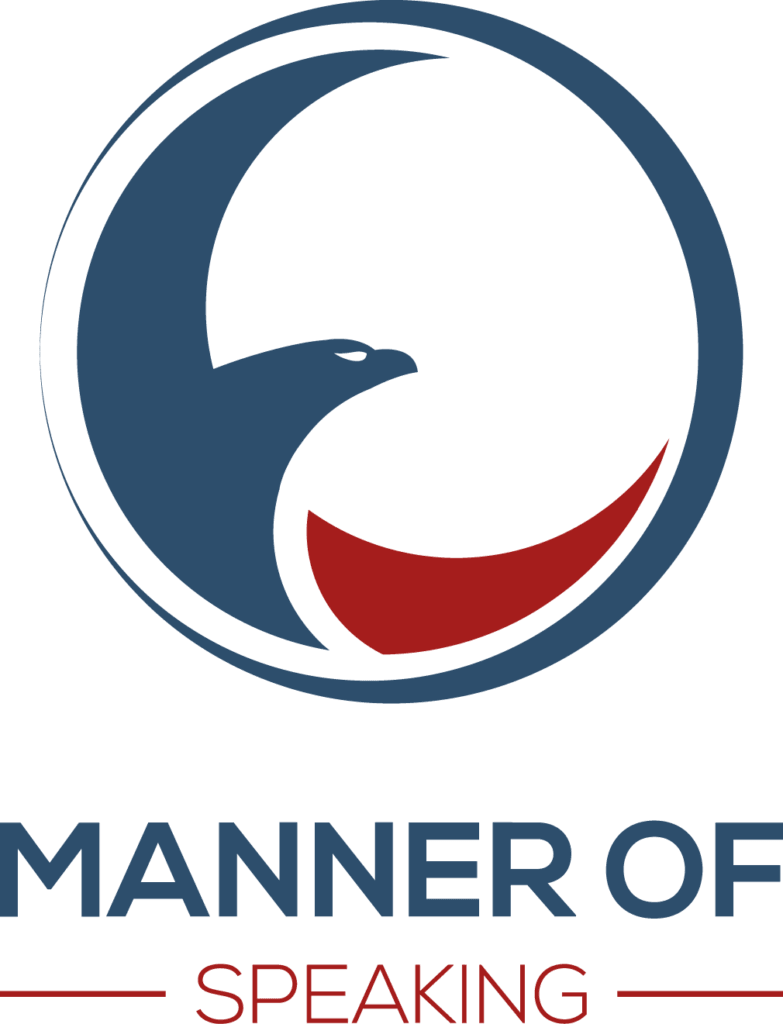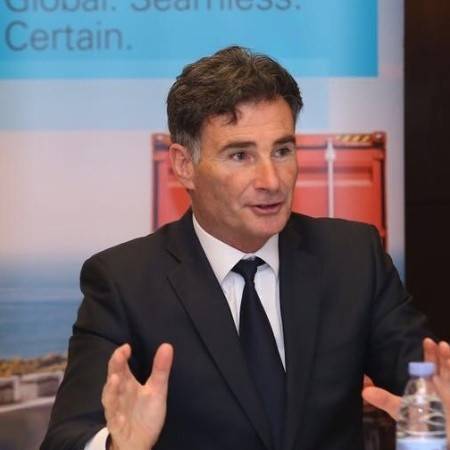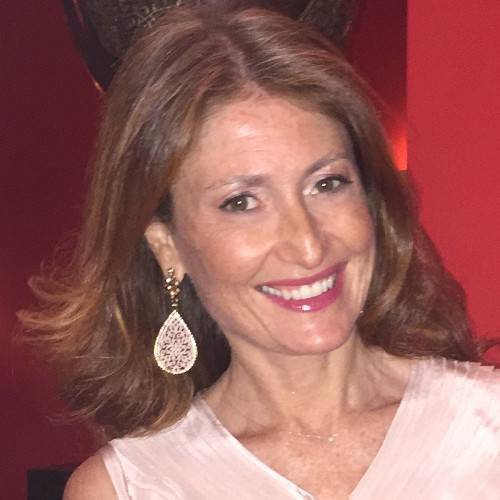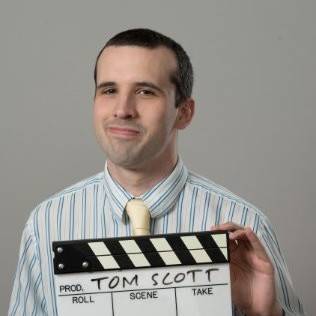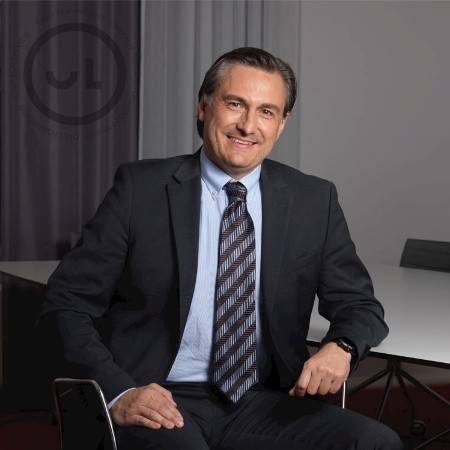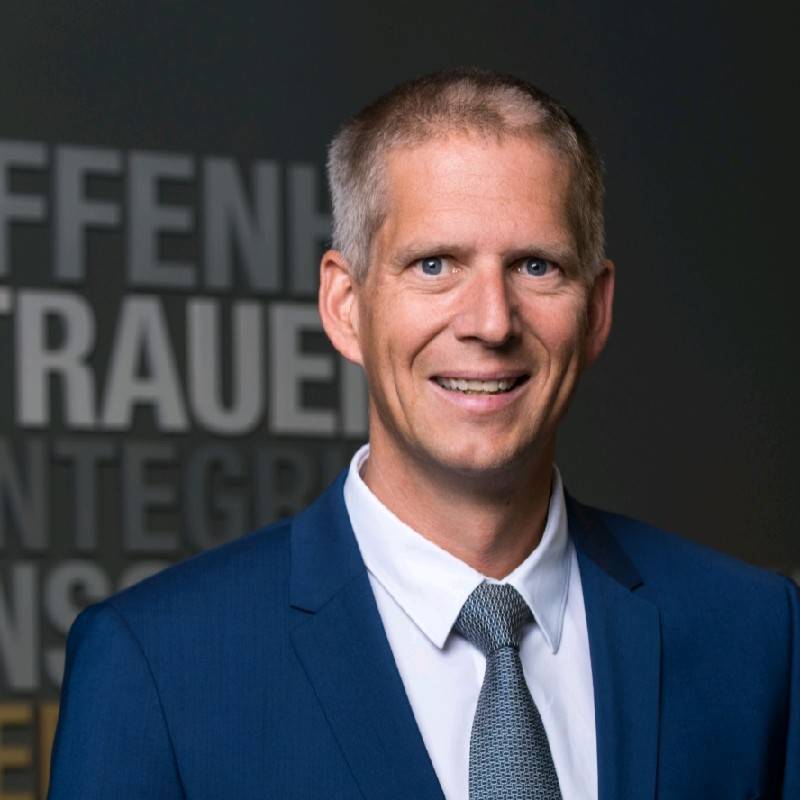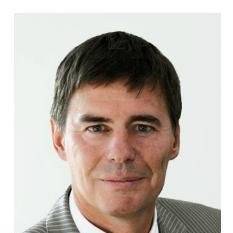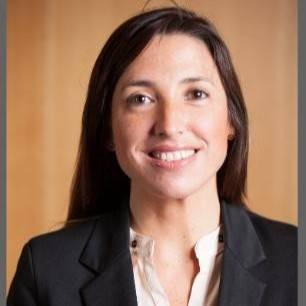This is Part 5 of a seven-part series on making speeches and presentations memorable. It is based on the book Made to Stick by Chip and Dan Heath.
George Clooney. Suave, debonair, funny, articulate. He is also an active supporter of many worthy causes.
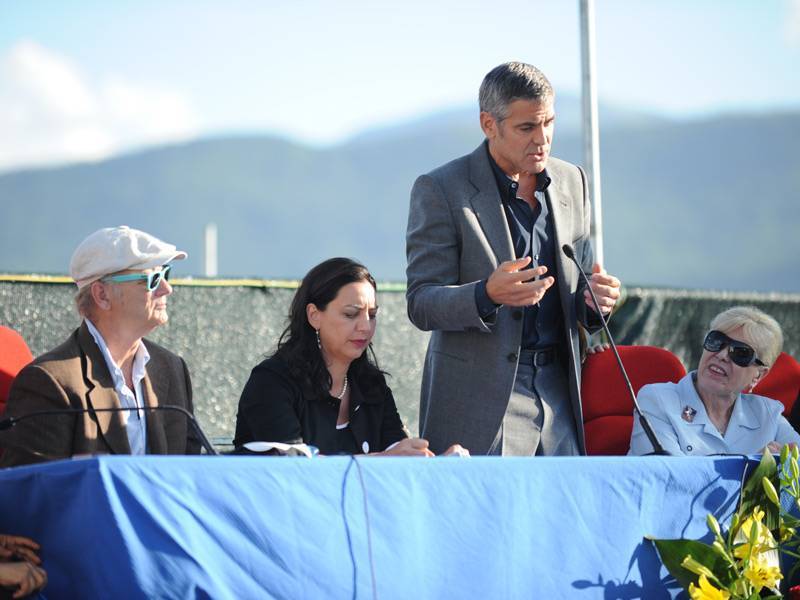
The picture above was taken in July 2009 when Clooney was speaking at the opening ceremony of the “Nobel for Peace” cinema. He spoke at a campsite for people displaced after the April 2009 earthquake that devastated houses and lives in and around L’Aquila, Italy.
When it comes to movies and humanitarian causes, few people pack a one-two punch as George Clooney. His work as an actor and director is known around the world. His humanitarian work, especially his campaigning on behalf of the people of Darfur, Sudan, is almost as well known.
When it comes to talking about theatre and humanitarian relief, people will listen to George Clooney because he has credibility. And credibility is the fourth characteristic of a sticky message.
Credibility makes our messages believable, and a believable message is more likely to be remembered than one that is not. But gaining credibility is not so easy. As the Heaths note in Made to Stick, “If we’re trying to persuade a skeptical audience to believe a new message, the reality is that we’re fighting an uphill battle against a lifetime of personal learning and social relationships.” So how can we add credibility to our words? There are ways.
First, we can cite expert authorities. An expert, say the Heaths, is “the kind of person whose wall is covered with framed credentials: Oliver Sacks for neuroscience, Alan Greenspan for economics [well, maybe not such a great example any longer] or Stephen Hawking for physics”. If an expert supports our position, it usually adds credibility. If we are giving a presentation on a medical issue and can find support for our position in prestigious medical review such as The New England Journal of Medicine or The Lancet, it probably would not be a bad idea cite those authorities.
Second, we can refer to celebrities and other inspirational figures. Take the example of Oprah Winfrey recommending a book. Her recommendations influence the book-buying habits of thousands of people. Why? Because “[i]f Oprah likes a book, it makes us more interested in that book. We trust the recommendations of people whom we want to be like,” note the Heaths.
But what if there are no “experts” or “celebrities”? Well, hold on a minute. Not so fast. They might be closer than you think. Do you have positive feedback from satisfied customers? Is there someone on your team (including you) with certain educational background or work experience that is relevant? If so, they might be able to provide the expertise that you seek, even if they are not widely known.
Third, we can rely on what the Heaths refer to as “anti-authorities”. They cite the example of Pam Laffin, a mother of two who died at the age of 31 from emphysema-related lung failure caused by years of smoking. She appeared in several anti-tobacco commercials sponsored by the Massachusetts Department of Public Health. The commercials were difficult to watch but highly effective; Pam Laffin told a compelling story in a way that more famous people could not.
Fourth, we can rely on statistics, which is something that many of us do anyway. But here, the Heaths issue a warning: we are so used to resorting to statistics that we tend to bombard our audiences with too many mind-numbing numbers. As the Heaths state:
Statistics are rarely meaningful in and of themselves. Statistics will, and should, almost always be used to illustrate a relationship. It’s more important for people to remember the relationship than the number.
We need to put statistics into context for our audiences. In the book, the Heaths give several good examples of others who have done this. For example, they introduce us to Geoff Ainscow, one of the leaders of the Beyond War movement in the 1980s.
Ainscow gave talks trying to raise awareness of the dangers of nuclear weapons. He wanted to show that the US and the USSR possessed weapons capable of destroying humanity several times over. But simply quoting figures of nuclear weapons stockpiles was not a way to make the message stick.
So, after setting the scene, Ainscow would take a BB pellet and drop it into a steel bucket where it would make a loud noise. The pellet represented the bomb that struck Hiroshima. Ainscow would then describe the devastation at Hiroshima. Next, he would take 10 pellets and drop them in the bucket where they made 10 times as much noise. They represented the nuclear firepower on a single nuclear submarine. Finally, he poured 5,000 pellets into the bucket, one for each nuclear warhead in the world. When the noise finally subsided, his audience sat in dead silence. That is how you put statistics into context.
Below is a TED talk by Barry Schwartz, a Professor of Social Theory and Social Action at Swarthmore College and the author of numerous books in the field of psychology and economics. Schwartz is credible in his own right. However, I have chosen his talk to show an example of how using “anti-authorities” to make a point can be very effective.
In his talk, Schwartz makes a call for “practical wisdom” in a society gone mad with bureaucracy. (Wouldn’t that be nice?) I encourage you to watch the whole talk, but pay particular attention to the first 7:30. During this time, Schwartz talks about virtue and wisdom in today’s world. In so doing, he uses some unlikely people – “anti-authorities” – as examples of wise individuals. Then, at 5:50, Schwartz tells a story about those whom we usually think of as being wise but who, in one case at least, were not. These examples make his message much more memorable.
The next time you are looking for ways to add credibility to your message, don’t despair if George Clooney is not available to assist you with your presentation. If you think carefully, you can probably come up with other support that gives your message the credibility that it needs.
For the next post in the series, please click here.


